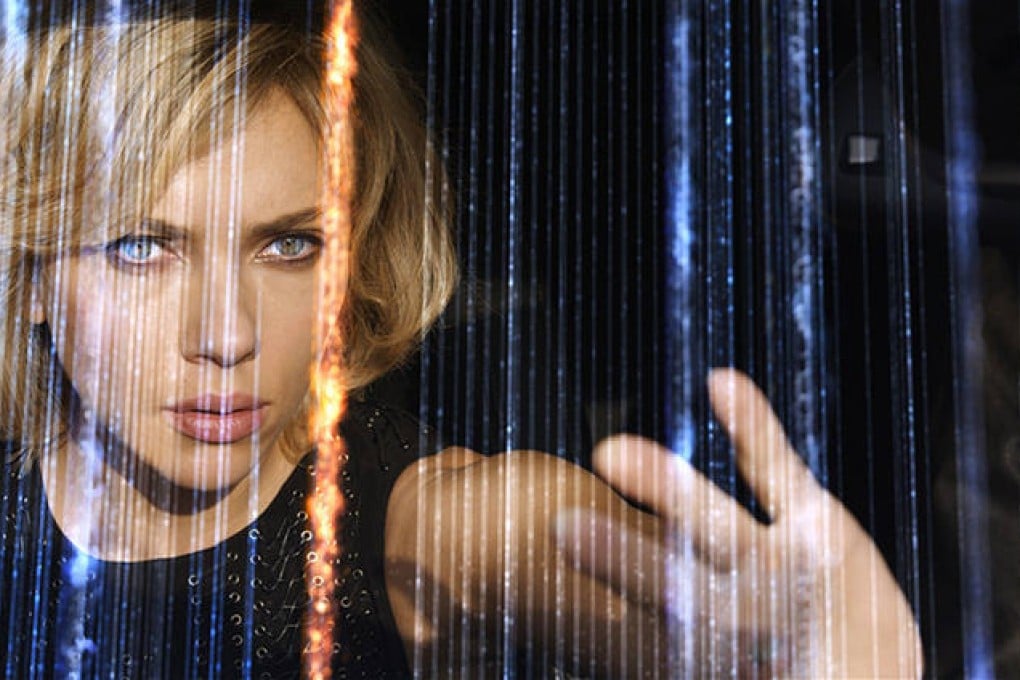No truth at all in movie Lucy's capacity to thrill
Movie featuring Scarlett Johansson's Lucy perpetuates myth we only use 10pc of our brain

Scarlett Johansson's character of Lucy, in the eponymous hit film now showing in Hong Kong cinemas, has such a highly functioning brain that she develops telepathy and telekinesis.

The action thriller's production notes suggest that French director Luc Besson "was particularly intent on grounding [it] - at least partly - in scientific fact".
However, its premise is based on a myth of unknown origin that humans use only 10 per cent of their brain's capacity.
Author Kate Wong writes in a Scientific American blog: "The notion that we humans have massive reserves of grey matter just sitting there waiting to be summoned into service has obvious appeal, but there is no scientific evidence to support it."
She quotes neurologist Barry Gordon, of the Johns Hopkins School of Medicine, in Baltimore, in the United States, who says: "It turns out that we use virtually every part of the brain, and that [most of] the brain is active almost all the time.